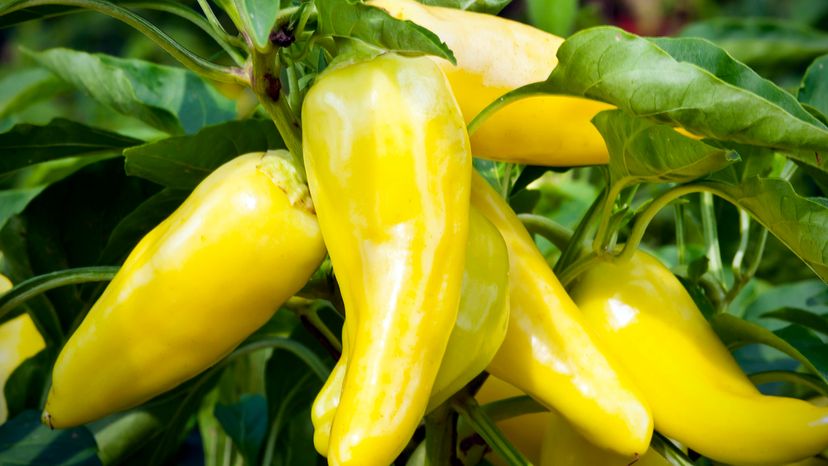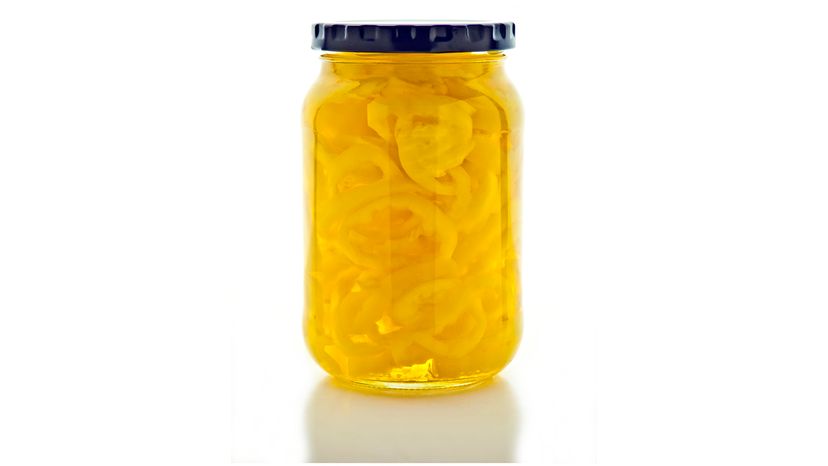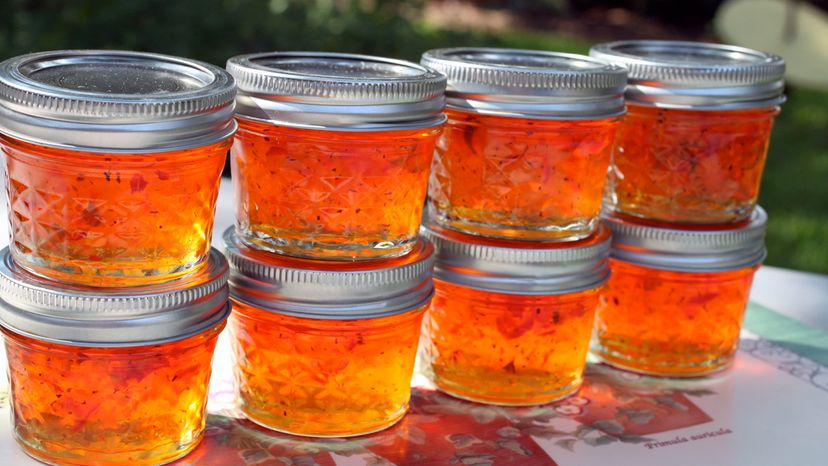
If you're a backyard gardener, you're probably used to having more vegetables than you know what to do with. Maybe you're one of those people walking around the office or the neighborhood with a basket of zucchini, practically begging someone to take it off your hands. There are just some veggies that grow like crazy.
And the banana pepper is no exception. It's easy to grow, comes in both sweet and hot varieties and is a good source of fiber, beta-carotene, and vitamins A and C. You'll know when a banana pepper is ready to be picked because it's yellow in color and the shape of a banana. Hence the name.
Advertisement
Now that it's the end of the growing season, and you've let your garden veggies ripen on the plants before you harvest, you're likely to end up with a late bumper crop before your plants call it quits for the year. If nature's given you plenty of those banana peppers, and you can't eat them all the same day, don't refrigerate them.
So, what do you do? We've got 10 delicious creative ways to use your garden's banana peppers. Remember, banana peppers rate fairly low in Scoville Heat Units (how hot they are) — so most of these ideas are kid-friendly.

